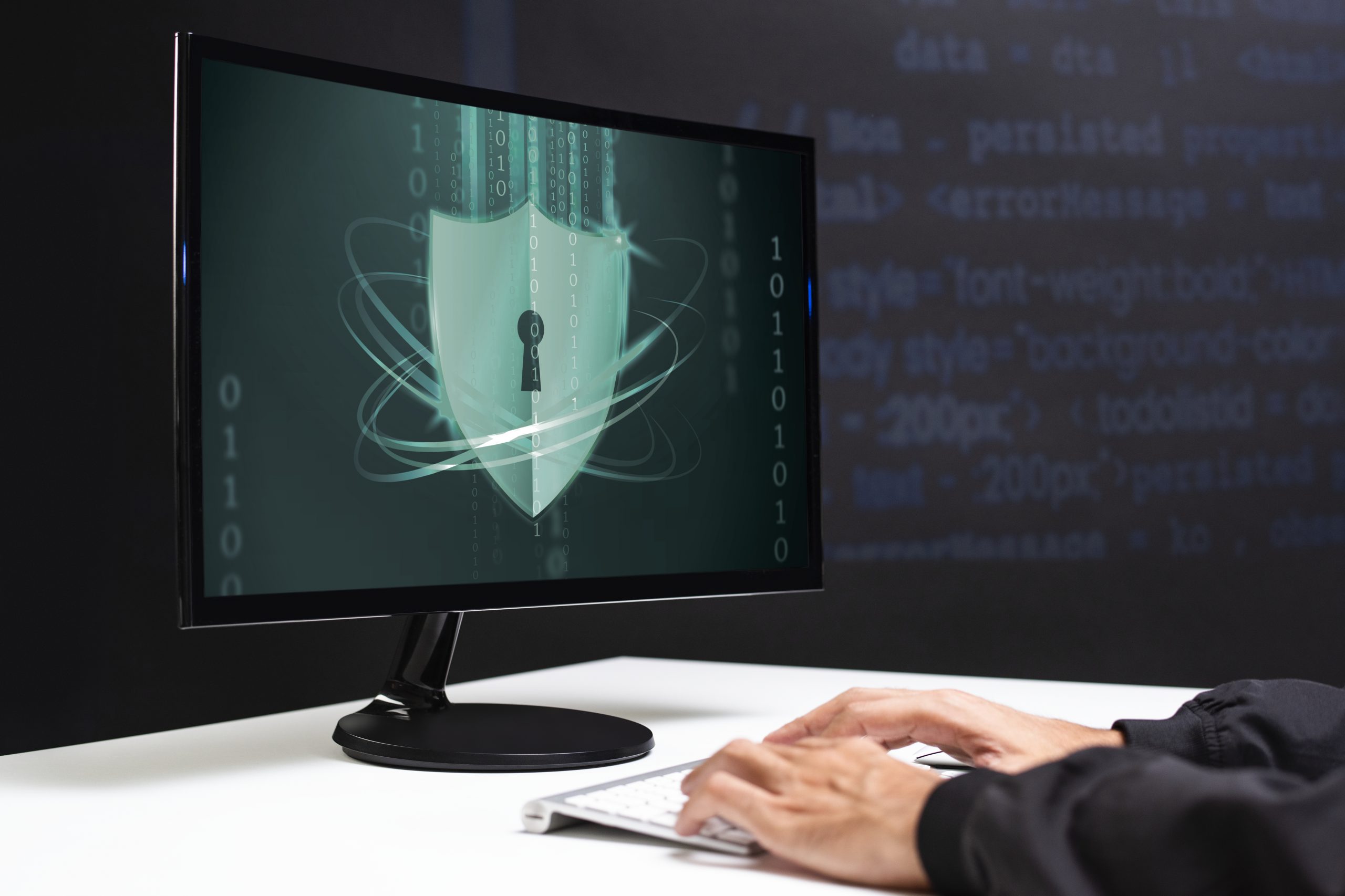Cyber resilience today is less about stopping every threat and more about surviving them. Networks will be probed, systems will fail, but what matters is whether your business keeps going when they do
Most organisations have long focused on prevention. That still matters. But cyber resilience, the ability to respond to incidents and recover quickly, is what separates those who survive a breach from those who don’t. It is a leadership challenege inasmuch as it is a technical concern.
According to the World Economic Forum, almost three quarters of organisations have seen cyber risks increase. Ransomware remains the headline threat, but other risks are growing just as quickly. Many larger companies have built mature security capabilities, yet mid-sized organisations often find themselves exposed. They often lack internal expertise or dedicated teams, and sometimes rely on incomplete processes.
For attackers, what matters is not the size of your business but the quality of your defences. They look for outdated systems, weak credentials and slow responses.
A Shifting Threat Landscape
Attackers continue to use familiar methods because they work. Phishing remains the most common way into a network. In the UK, the overwhelming majority of businesses and charities have faced these attempts. Emails and messages often look legitimate, and in many cases, even experienced staff are caught out.
Ransomware has become more targeted. Criminal groups look for sectors where downtime is expensive and recovery is complicated. There’s also been a sharp rise in attacks through suppliers and partners. These supply chain breaches can be hard to detect and even harder to prevent. And as we have seen with the Marks & Spencers breach in the UK, a lack of proper process at a third-party IT partner was the root cause.
Emerging threats are also gaining ground. AI is proving to be a great tool but in the wrong hands it's also being used to automate attacks, create fake content and trick users. Traditional defences alone won’t always catch them.
Building Stronger Security with Clear Oversight
Defensive tools are a good starting point. Firewalls, endpoint detection & response (EDR), regular patching and encryption all reduce risk. Multi-factor authentication has become essential, especially with remote and hybrid working models. But security only works well when these controls are part of a broader approach.
A structured framework makes it easier to govern and improve your security. Many mid-sized firms benefit from adopting standards like the NIST Cybersecurity Framework or ISO 27001. These provide a clear structure for assessing risks, defining roles and setting controls. They also help demonstrate accountability, whether to regulators, insurers or partners.
Measuring performance is also important. Key indicators such as detection time, response time, patching delays and training completion can show whether your efforts are paying off. These metrics also help security stay visible at board level, where decisions around budgets and priorities are made.
Without data, it’s hard to know what’s working and what’s not.
Taking Ownership of Cloud Security
The shift to cloud platforms has made many systems more flexible, but it has also introduced new responsibilities. Cloud providers protect the core infrastructure, but it is still your responsibility to manage access, control data, and configure services securely.
Identity management is critical. A weak password or excessive permissions can undermine even the most advanced platform. Encryption should be used both when storing and transferring data. Access rights should be reviewed regularly, and unused accounts removed.
Cloud security posture management (CSPM) tools are increasingly common. They help spot misconfigurations that might otherwise go unnoticed. But tools alone are not enough. You need regular audits, real testing of your backup and recovery plans, and clear policies on who is responsible for what.
When something does go wrong, it should be clear who leads the response and how recovery will happen.
Embedding Security into Business Culture
Security is most effective when it becomes part of everyday work. This begins with a realistic understanding of your risks. A proper risk assessment should consider how your people, systems and suppliers operate. That helps focus resources where they are most needed.
Staff training plays a big part. Many organisations still rely on static presentations and annual courses. These have limited impact. What works better is training that uses real examples, role-specific scenarios and ongoing engagement. People need to recognise the signs of an attack and know what action to take. However, they are not security experts. This is important. Awareness helps but an organisation should not put the onus for security on employees because of a few training sessions.
Your technical teams also need to test your defences. Simulated attacks, penetration tests and internal exercises are all useful ways to identify weaknesses before attackers do. And incident response plans should be clear, accessible and regularly rehearsed. When time is tight, clarity matters more than anything else.
A security-minded culture does not appear overnight. It is built through consistent communication, visible leadership support and a willingness to learn from mistakes.
Looking Ahead
The threat landscape continues to evolve. Artificial intelligence is being used to strengthen security operations but also to power more convincing attacks. The growing number of connected devices is creating new points of vulnerability. Meanwhile, developments in quantum computing have triggered early efforts to upgrade encryption before today’s protections become obsolete.
Approaches like Zero Trust are increasingly seen as necessary. In a world where staff work from multiple locations and applications live across many environments, it makes sense to verify every user, every device and every access request.
Security strategies must keep pace with these changes. That means staying informed, being willing to adapt and making security a regular part of strategic planning, not just a technical checklist.
The Role of Leadership in Resilience
Cyber resilience is all about preparing for attacks, responding quickly and ensuring the business can continue operating. This requires strong leadership and clear governance, not just investment in new tools.
For mid-sized organisations in particular, the goal should be to build a security programme that supports business growth, meets compliance obligations and earns the trust of partners and customers. That means asking the right questions, setting the right expectations and holding the right people accountable.
The cost of preparation is often far lower than the cost of recovery. And the organisations that understand this are the ones most likely to thrive, no matter what comes next.
Choosing the right IT partner
At BMIT, we understand that building and maintaining cyber resilience requires more than just technology. It requires a trusted partner that aligns with your unique needs. Our enterprise-grade IT solutions are designed for growing businesses navigating complex operational challenges. We support organisations that view technology as a strategic asset, helping them drive innovation and achieve sustainable outcomes while ensuring robust, adaptive security.
BMIT – Enterprise technology expertise, tailored for your growth.

